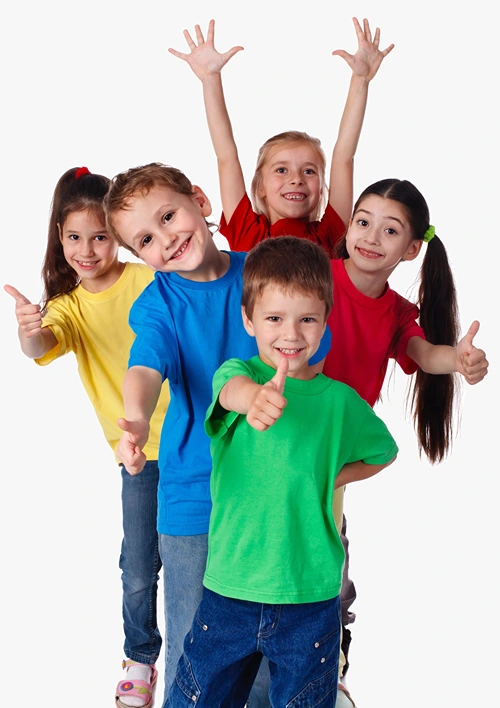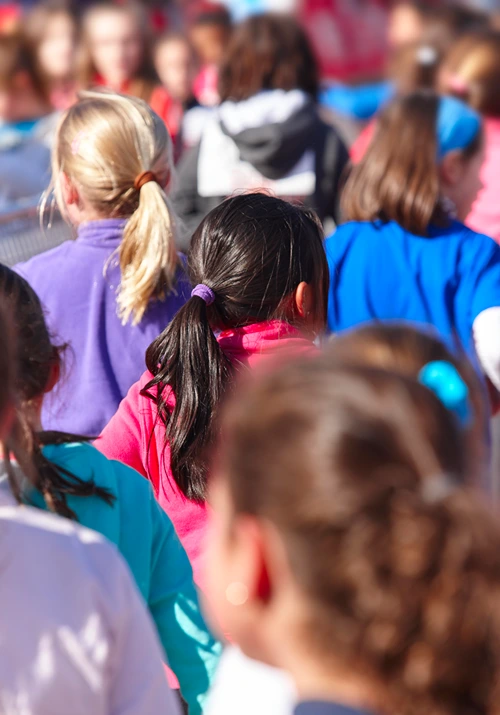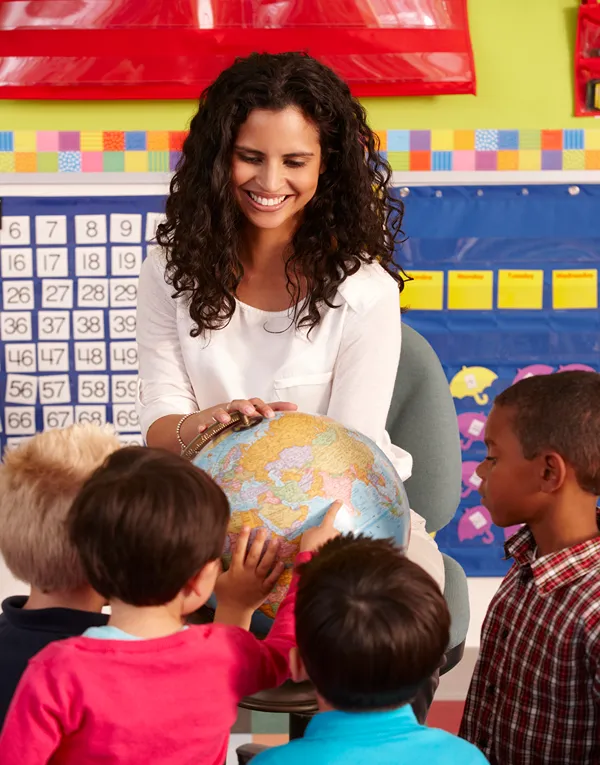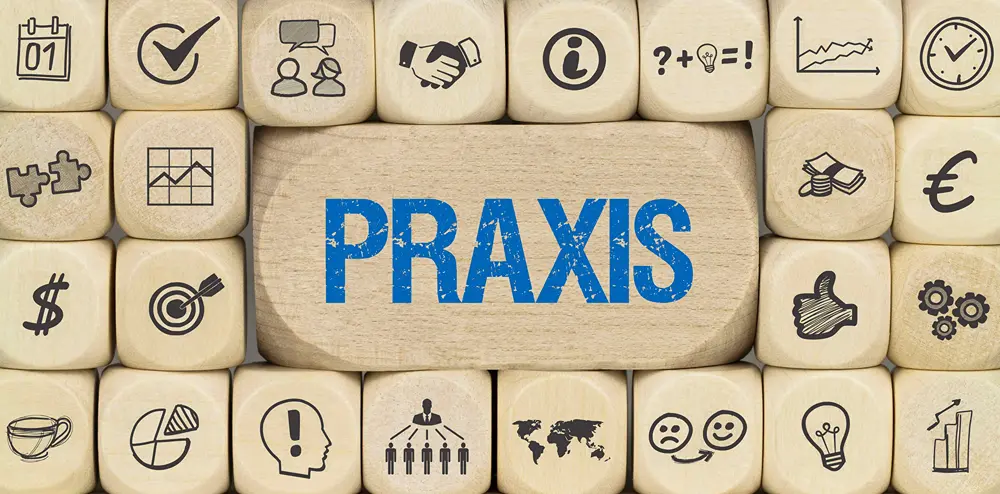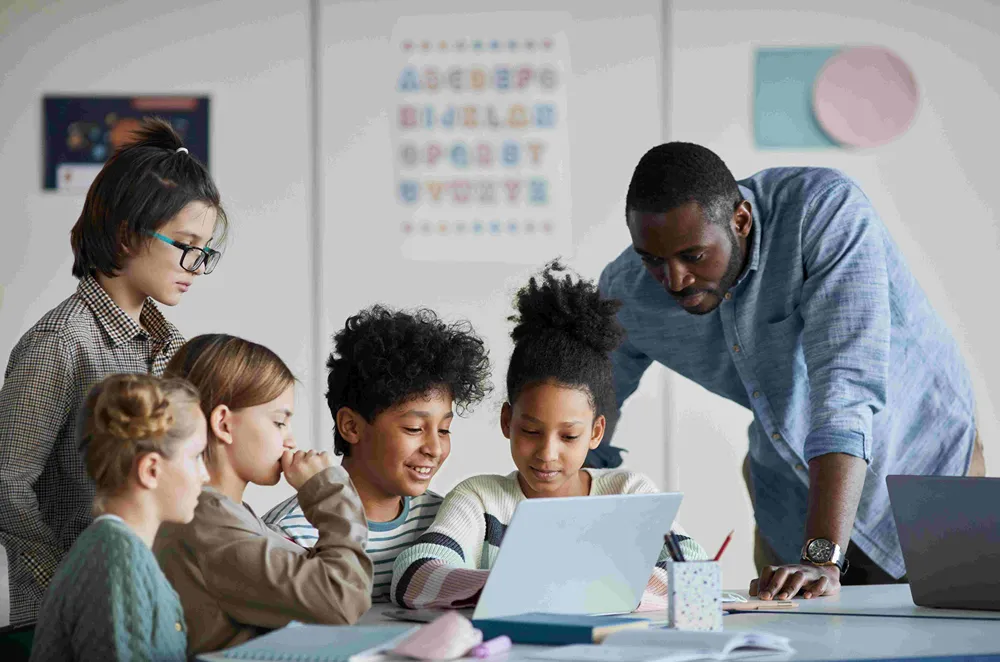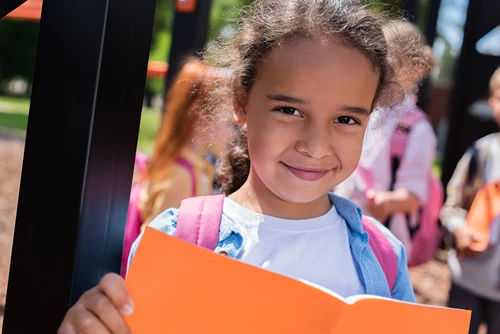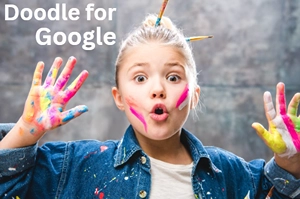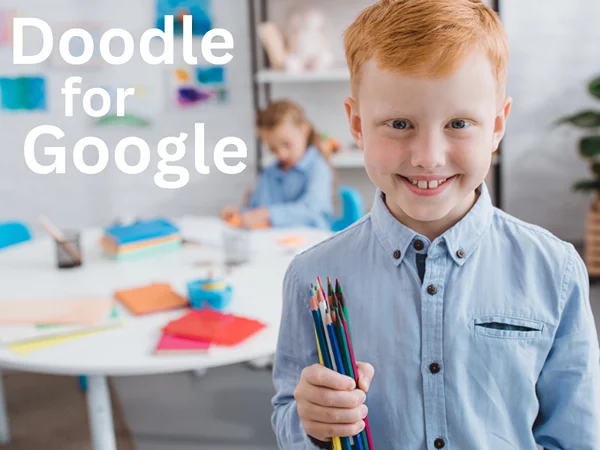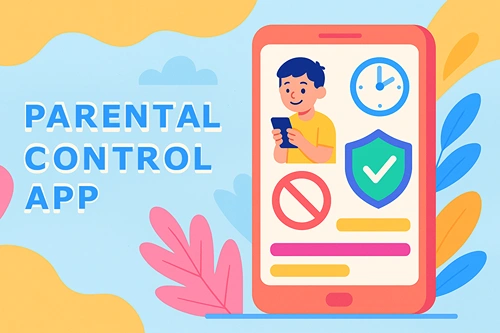Safe and Fun Online Activities for Kids: A Parent’s Guide
Your children today are growing up in a world where the internet is part of their daily life. When guided well, it can become a place full of learning, creativity, and joy. A report says that over 70% of children aged 5–17 use the internet daily, which means as a parent we have an important role in making sure these online moments are both, internet safety for children and meaningful.
The mind of your child is just like a soft clay — it shapes with every experience. Safe online activities for kids do more than entertain; they help improve thinking skills, memory, and creativity. When children explore the internet with proper parental guidance online, they feel secure, confident, and supported.
Why Safe Online Activities Matter
Children are naturally curious and its obvious. When they spend time on Fun Educational Websites For Kids, they are not just passing time—they are learning problem-solving, language, and creative thinking. These activities provide mental stimulation while keeping children safe from harmful content.
From a psychological perspective, when kids feel safe online, their brains release “happy hormones” like dopamine. This makes learning fun and encourages them to explore new ideas and try new challenges, building self-confidence along the way.
Building a Child’s Positive Online Mindset
A child’s mindset forms through repeated experiences. If they spend time on fun educational websites for kids, like solving puzzles, exploring stories, or enjoying Printable Coloring Pages, they learn to associate the internet with fun, learning, and discovery rather than risks or distractions. Over time, this builds a habit of healthy, productive screen use.
Parental guidance online works like invisible safety rails. You don’t need to control every click, but you guide their choices, set clear rules, and help them make good decisions. This balance encourages independence while keeping them safe.
Types of Safe and Fun Online Activities for Kids

There are many activities online on fun educational websites for kids that are safe and help them learn and grow. According to Internet Matters, parents can guide kids by using simple tools like parental controls, family agreements, and age-appropriate websites to make online learning safe and fun. When kids engage with these platforms, screen time becomes productive and fun. Some examples include:
- Kids Learning Games
Learning and educational games make learning enjoyable while teaching math, reading, spelling, and problem solving skills. Puzzles and quizzes challenge thinking and reward progress with points or badges, helping children build confidence and critical thinking.
- Printable Coloring Pages
Coloring pages provide a calm, creative break while improving focus and fine motor skills. Activities like tracing letters, numbers, or characters teach patience and attention to detail, while letting children express their emotions through art.
- Story-Making Tools
Online story-building tools allow kids to create their own stories with characters, plots, and settings. This strengthens imagination, creativity, and language skills. Your Children learn to organize ideas, make decisions for their characters, and communicate about the developing thoughts clearly.
- Virtual Science Labs
Virtual labs let kids experiment safely with science concepts. They can explore chemistry, physics, or biology in a risk-free digital space. These activities encourage curiosity, observation skills, and scientific thinking while making learning exciting.
Including these activities ensures that kids learning games, coloring, storytelling, and virtual experiments go beyond entertainment—they actively support growth, focus, and creativity.
How Fun Educational Websites Shape Thinking
When children use fun educational websites for kids, their brains go through small but powerful learning cycles:
- Curiosity starts the journey – They see something new and feel excited to try it.
- Focus grows – They pay attention to finish tasks or solve puzzles.
- Rewards strengthen memory – Completing challenges makes them proud and helps retain information.
- Confidence builds – Success motivates them to take on new tasks.
This cycle develops problem-solving skills while keeping learning enjoyable.
Role of Parents in Guiding Online Learning
The National Online Safety platform provides guides for families that help kids enjoy online activities while staying safe from risks. Parents can help children get the most from safe online activities by:
- Sitting with them during their first sessions.
- Choosing fun educational websites for kids that are age-appropriate.
- Setting clear time limits for online use.
- Talking about what they gain from learning and how they are feeling.
Your guidance builds trust and ensures internet safety for children while encouraging curiosity and independence.
Long-Term Benefits of Guided Online Play
Regular use of safe and educational online activities can:
- Boost creativity and imagination.
- Strengthen problem-solving skills.
- Build a healthy relationship with technology.
- Encourage independent learning habits.
Over time, children who enjoy kids learning games and other safe activities grow into confident digital users who approach technology wisely.
Summing Up
By giving access to fun and safe online activities for kids, parents create opportunities for learning, creativity, and personal growth. These experiences help kids discover new interests, develop important skills, and enjoy learning in a safe environment. With proper parental guidance online, every moment spent online can contribute to confidence, imagination, and a lifelong love for learning.

